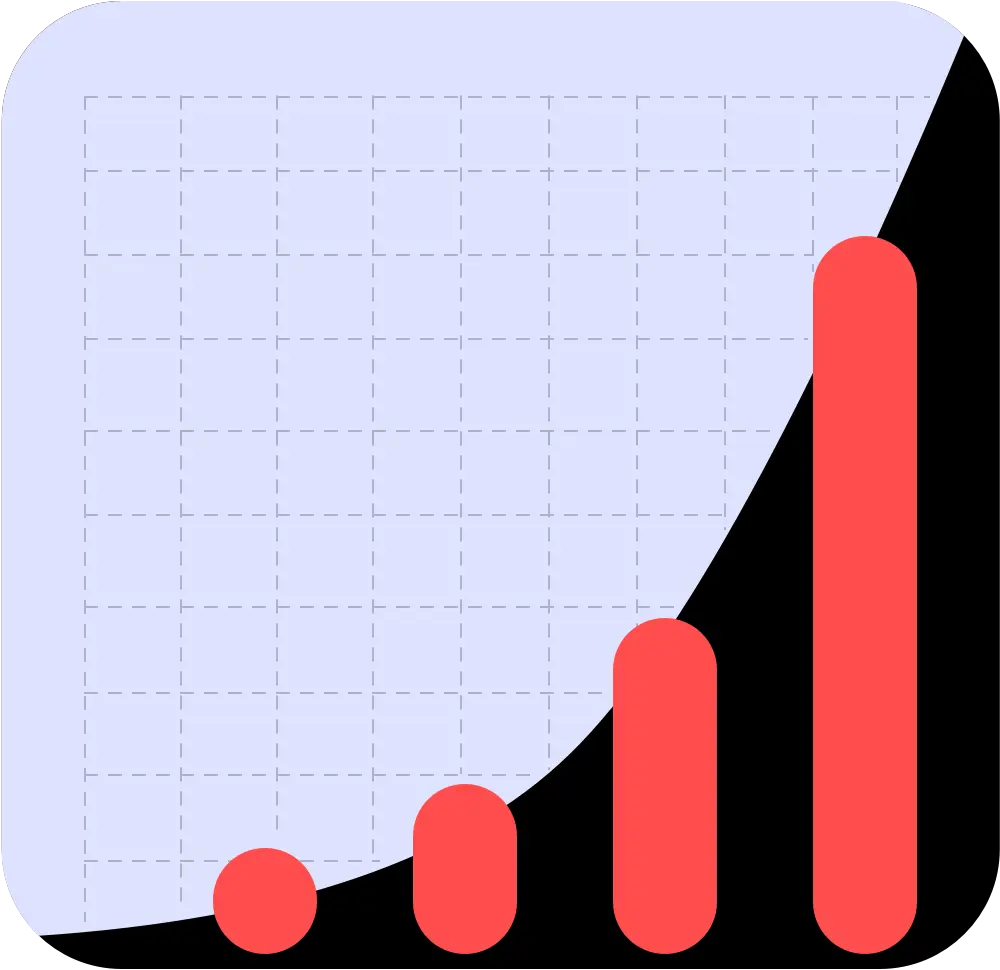Blueprints to Blockbusters: How Product Managers Turn Ideas into Market-Winning Innovations
Think about your favorite products—maybe a sleek mobile app or that life-simplifying device you never knew you needed. Ever wonder who’s behind the scenes, orchestrating every feature and update? That’s the job of product managers. They transform rough ideas into tangible goods, bridging teams, data, and user insights. In this post, we’ll explore why product managers are essential, what sets the top product managers apart, and when product management consultants can help you level up your product strategy.
1. What Does a Product Manager Actually Do?
Contrary to popular belief, product managers aren’t just project schedulers. Their role is part visionary, part data interpreter, and part user champion. Typically, they:
Define the Vision
Translating market research and customer feedback into a coherent product roadmap that solves actual problems—not just imaginary ones.
Prioritize Features
Balancing deadlines, resources, and user value to ensure the highest-impact updates get delivered first.
Coordinate Cross-Functional Teams
From engineering and design to marketing and sales, product managers keep everyone aligned toward a shared goal.
Validate (or Invalidate) Assumptions
Running experiments, A/B tests, and user interviews to confirm whether a new feature resonates—or flops.
In other words, product managers are the glue that keeps product development on track, from conception to final polish.
2. Why Every Tech-Driven Business Needs Great Product Managers
Ever wondered why some products skyrocket in popularity while others fizzle out? More often than not, it’s the product manager’s influence. Here’s why you need one:
Data-Driven Decisions
A top-notch PM doesn’t rely on hunches. They gather metrics—like user engagement and retention—and use them to steer development.
Strategic Alignment
As new ideas pop up, product managers serve as curators, ensuring each initiative aligns with the overall brand mission and user expectations.
Efficiency & Focus
Instead of chaos and feature bloat, PMs focus on what truly matters, cutting through the noise and delivering real value.
User-Centric Mindset
They translate user pain points into tangible product requirements, bridging the gap between dev teams and the people actually using the product.
3. Traits of the Top Product Managers
So, how do you spot the top product managers in a sea of LinkedIn titles? Here are a few qualities that consistently stand out:
Relentless Curiosity
They constantly dig into user behavior, seeking to understand the “why” behind every complaint, churned customer, or feature request.
Data Fluency
Numbers matter. PMs who can decipher analytics tools—like amplitude graphs or funnel metrics—gain a significant edge in spotting trends.
Adaptable Communication
They can talk granular tech with engineers one moment, then switch to high-level strategy with executives the next.
Bias Toward Action
Top PMs don’t suffer from “analysis paralysis.” They’d rather test assumptions early than spend months perfecting a speculative feature.
Empathy & Vision
Balancing near-term user needs with a bigger product vision is an art. The best PMs do it intuitively, ensuring each release builds toward a grander future.
4. Why Product Management Consultants Might Be Your Ace in the Hole
Not ready to hire a permanent PM or facing a specific challenge outside your in-house team’s wheelhouse? Product management consultants could fill the gap. They:
Offer Specialized Expertise
Maybe you’re venturing into a new market or revamping your user experience. Consultants with relevant domain experience can get you from zero to traction fast.
Handle Overflow
If your existing product managers are swamped, a consultant can tackle short-term projects without adding permanent headcount.
Provide Objective Insights
Sometimes, internal biases prevent you from seeing what’s working (or not). A consultant’s external perspective can spotlight overlooked opportunities.
Speed Up Delivery
By focusing exclusively on product strategy or user research, a consultant can compress timelines, giving you the momentum you need.
5. Signs Your Company Could Use a Product Manager (or Consultant)
Still on the fence? Here are scenarios where a PM’s influence is practically non-negotiable:
Customer Churn Is Rising
If users keep jumping ship, it’s time to re-examine your feature set, onboarding process, or pricing model. A PM can orchestrate changes that bring them back.
Your Roadmap Is a Mess
When devs don’t know what to build next—or leadership keeps pivoting daily—it’s a clue you need structured product oversight.
Multiple Teams, One Goal
If engineering, marketing, and sales all interpret your product strategy differently, you risk conflicting efforts. PMs unify these silos.
Overbudget & Underdelivered
Projects constantly missing deadlines? PMs refine scope, ensuring each stage has the resources—and clarity—it needs to succeed.
6. Best Practices for a High-Performing Product Team
Whether you bring on a permanent PM or work with a consultant, here’s how to keep your product machine running smoothly:
Clarify Your North Star Metric
Align everyone around a key goal—like daily active users or MRR (monthly recurring revenue). This fosters shared priorities.
Practice Rapid Iteration
Push frequent, smaller releases. Gather feedback, pivot quickly, and don’t let perfection block progress.
Create a User-Centric Culture
Encourage the entire team to listen to user stories, read feedback, and analyze usage data. It’s not just the PM’s job.
Communicate, Communicate, Communicate
From Slack channels to weekly stand-ups, keep info flowing between dev, design, marketing, and leadership. Surprises kill momentum.
Celebrate Small Wins
Product development is a marathon. Recognizing each successful milestone keeps morale high and the team focused.
7. Final Word: Steer Your Product with Strategy—and a Trusted Guide
Products rarely stumble upon greatness without a steady hand at the wheel. Product managers (and the occasional consultant) ensure each sprint or milestone moves you closer to an endgame that truly resonates with users. They harmonize cross-functional chaos, inject data-driven insights, and champion what customers actually want—not just what’s easy to build.
If your product roadmap feels aimless or your releases are underwhelming users, consider strengthening your bench. Whether it’s hiring permanent PM roles, connecting with top product managers, or bringing in product management consultants for a specific push, investing in cohesive product strategy can pay off bigger than any quick hack or marketing gimmick. After all, it’s the product experience that keeps customers coming back—and that’s precisely what these pros ensure.
If you’re looking to work with top product managers, they are very hard to hire due to the demand for their talents. But as luck would have it, we’ve convinced some of the best in the world to advise companies like yours through Intro. Head to our marketplace and book/subscribe.




















